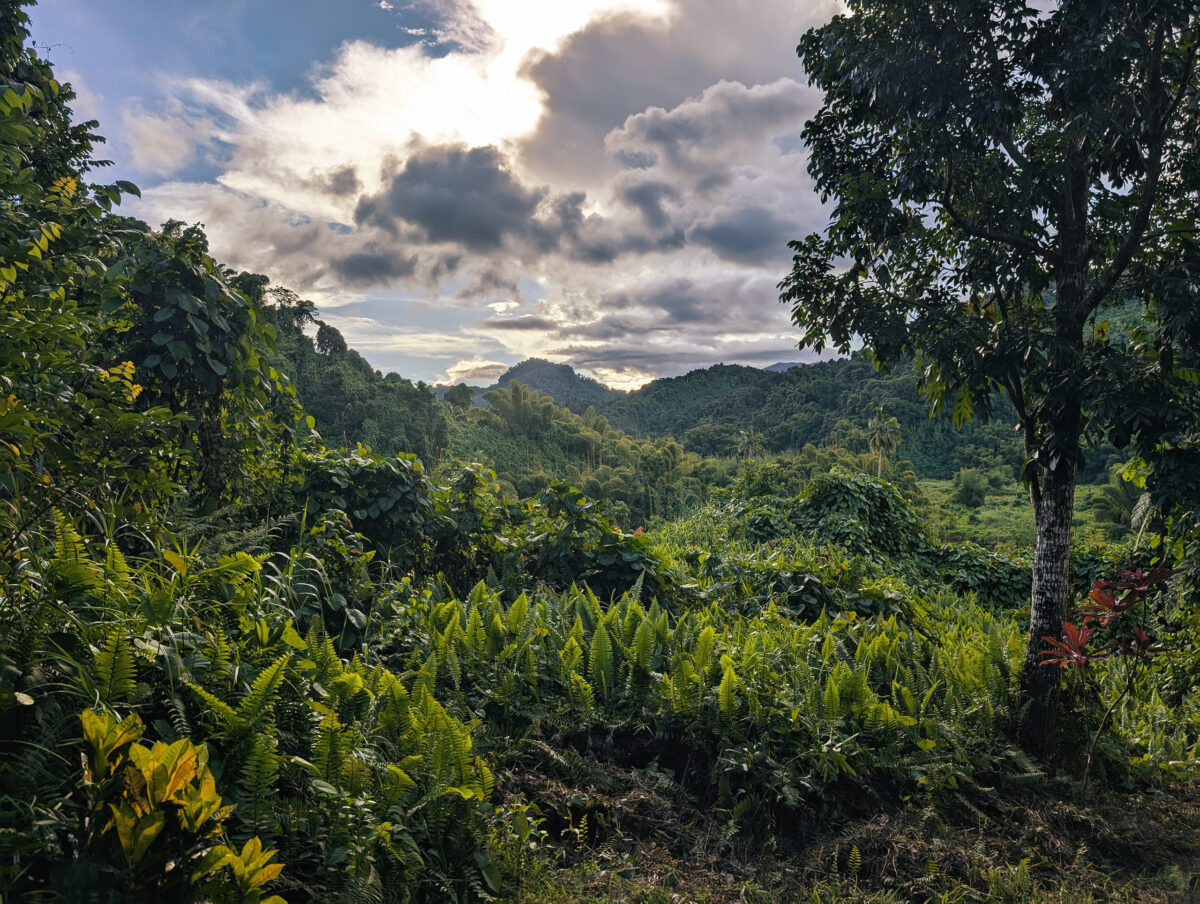For most of its history, conservation has meant preservation: setting aside reserves, managing fisheries, and safeguarding livelihoods in ways that assumed tomorrow would look much like today. That assumption is no longer tenable. With global temperatures expected to rise by 3–5°C this century, the question is not whether ecosystems can be frozen in time, but whether they can adapt quickly enough to survive.
Oceans on the move
Few sectors show the upheaval more clearly than fisheries. Warming seas are already driving valuable species such as tuna and cod into cooler waters. Small island nations, dependent on tuna migrating through their exclusive zones, face sharp revenue losses as fish drift into the high seas. Elsewhere, once-reliable stocks are collapsing, depriving coastal communities of food and income. Traditional management—catch limits, by-catch rules, marine reserves—was designed for stable conditions. It looks fragile when the fish themselves are shifting thousands of kilometers away.
Adaptation is possible. Scientists urge investment in dynamic tools, real-time monitoring, and governance systems that anticipate redistribution rather than cling to historic boundaries. Without these, disputes over access will intensify, undermining the very livelihoods conservation once promised to sustain.
Parks that move with the climate
On land, the dilemma is just as stark. Most protected areas were drawn for 20th-century biodiversity. As habitats shift uphill or poleward, species follow, leaving reserves empty of their emblematic wildlife. Analysts now call for “climate-smart” parks—larger, better connected, and able to accommodate change. Corridors once considered a luxury are becoming essential.
Experiments exist. Manu National Park in Peru spans rainforest to high Andes, creating a staircase for species fleeing heat. Yet such cases are rare. Most reserves are too fragmented to offer safe passage. Success also depends on governance: areas must be co-managed with local people, whose decisions and knowledge shape resilience. Fortress conservation is less likely to work than systems that enable adaptation.
The new conservation toolbox
Ideas once dismissed as heresy are entering the mainstream. Assisted colonization, the relocation of species to climatically suitable areas, is being tested for butterflies in Britain and trees in North America. Rewilding, long a romantic aspiration, is now strategic: restoring bison, horses, or predators can help landscapes resist fire, recycle nutrients, and retain water. Such interventions carry risks, but inaction carries more.
Preparing for disorder
Conservation is not obsolete but must be reimagined. Size, connectivity, flexibility, and local participation are the new watchwords. Success will be measured not against a lost baseline but by whether ecosystems retain enough function to support life under radically altered conditions.
The future will be hotter, more chaotic, and full of surprises. The task is not to restore a vanished past but to secure a livable future. Whether today’s efforts remain relevant will depend on how quickly nostalgia gives way to resilience.
Note: Mongabay recently produced a series of articles and videos on this theme; this post highlights some of the key ideas.

